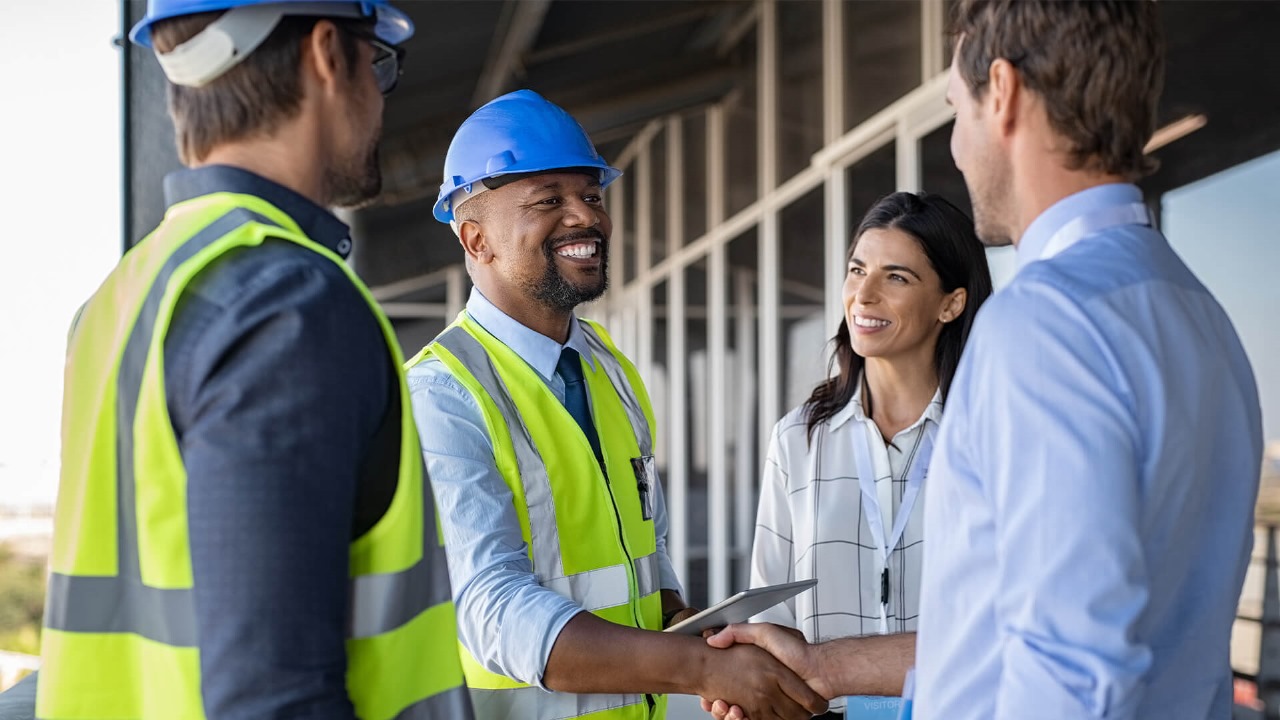Austin construction continues to evolve rapidly, reflecting the city’s booming economy, growing population, and commitment to sustainability. As one of the fastest-growing metropolitan areas in the United States, Austin’s building industry faces unique challenges and opportunities. Whether you are a developer, contractor, or investor, understanding the latest austin construction trends is essential for staying competitive in 2025 and beyond. This article from ABC Central Texas highlights the ten most influential trends that will shape the Austin construction landscape in the coming year.
1. Emphasis on Sustainable Building Practices
Sustainability is no longer optional in Austin construction. Builders increasingly prioritize eco-friendly materials, energy-efficient designs, and waste reduction strategies. With Austin’s climate goals and environmental regulations tightening, developers are incorporating green technologies such as solar panels, rainwater harvesting systems, and sustainable insulation. These initiatives reduce long-term operating costs and appeal to environmentally conscious buyers, making sustainability a cornerstone of Austin construction.
2. Smart Home Integration
The rise of smart technology continues to transform residential and commercial buildings in Austin. From automated lighting and climate control to advanced security systems, smart homes and buildings offer convenience, safety, and energy savings. Austin construction projects now often include smart devices as standard features. This trend enhances property value and aligns with the tech-savvy culture prevalent in the city.
3. Modular and Prefabricated Construction
Modular and prefabricated construction methods are gaining traction in Austin as a way to cut costs and reduce build times. These off-site manufacturing techniques allow builders to produce components in controlled environments, improving quality and minimizing waste. With the pressure to meet demand quickly in Austin’s growing market, modular construction is a game-changer that streamlines the building process without sacrificing durability or design.
4. Focus on Affordable Housing Solutions
Affordable housing remains a critical concern for Austin construction as the city’s population expands. Developers and local authorities are collaborating on innovative solutions to address housing shortages and rising prices. These include mixed-use developments, smaller footprint homes, and incentives for affordable housing projects. Austin construction firms are adapting by creating cost-effective, scalable designs that meet the needs of diverse communities.
5. Use of Advanced Building Materials
Innovation in building materials is reshaping Austin construction. High-performance concrete, engineered wood products, and recycled materials are increasingly used to improve structural integrity and sustainability. These advanced materials offer better durability, reduce carbon footprints, and often lower maintenance costs. Their adoption reflects the city’s push toward resilient infrastructure capable of withstanding extreme weather and urban growth pressures.
6. Increased Adoption of Building Information Modeling (BIM)
Building Information Modeling (BIM) technology is revolutionizing how Austin construction projects are designed, planned, and managed. BIM provides detailed 3D models and real-time data, enabling better collaboration between architects, engineers, and contractors. This leads to fewer errors, cost savings, and more efficient project delivery. In 2025, BIM will be a standard tool for many Austin construction firms seeking precision and enhanced communication.
7. Embracing Energy-Efficient HVAC Systems
Energy-efficient HVAC systems are becoming integral to new Austin construction projects. Given the city’s hot climate, cooling systems consume significant energy, so innovative HVAC technologies like variable refrigerant flow (VRF) systems, smart thermostats, and geothermal heating are in demand. These systems improve indoor comfort while reducing energy consumption, aligning with Austin’s sustainability goals and building codes.
8. Integration of Mixed-Use Developments
Mixed-use developments that combine residential, commercial, and recreational spaces continue to shape Austin construction. These projects promote walkability, reduce traffic congestion, and create vibrant communities. Developers focus on versatile designs that accommodate changing lifestyle preferences. As Austin’s urban core densifies, mixed-use construction will remain a key trend driving both economic growth and community engagement.
9. Strengthening Infrastructure for Resilience
Austin’s infrastructure needs upgrading to support rapid growth and mitigate natural disaster risks. Construction trends include resilient roadways, flood control systems, and reinforced utilities. These improvements are essential for protecting properties and ensuring uninterrupted services. Austin construction companies are increasingly specializing in infrastructure projects that incorporate innovative engineering solutions and climate adaptation measures.
10. Enhanced Focus on Health and Wellness in Design
The post-pandemic era has heightened awareness around health and wellness in building design. Austin construction projects now emphasize improved air quality, natural lighting, and spaces that promote mental and physical well-being. This includes using non-toxic materials, optimizing ventilation, and creating green spaces. Such health-conscious designs contribute to better occupant satisfaction and market appeal.
Conclusion
Austin construction in 2025 is defined by innovation, sustainability, and adaptability. These ten trends illustrate how the city’s building industry is responding to population growth, environmental challenges, and evolving consumer demands. From smart homes to resilient infrastructure, staying informed about these shifts will enable stakeholders to make strategic decisions and capitalize on emerging opportunities. ABC Central Texas remains committed to providing the latest insights on Austin construction to help you stay ahead in this dynamic market. Click here to return to the homepage and unlock more content.
Frequently Asked Questions (FAQs)
Q1: What are the key sustainable practices in Austin construction for 2025?
Sustainable practices include the use of eco-friendly materials, energy-efficient building designs, solar energy integration, water conservation systems, and waste reduction strategies.
Q2: How does modular construction benefit the Austin construction industry?
Modular construction reduces build times, lowers costs, minimizes waste, and improves quality control by manufacturing components off-site in controlled environments.
Q3: Why is affordable housing a major focus in Austin construction?
Due to rapid population growth and rising property prices, affordable housing is essential to ensure that diverse communities have access to quality homes without compromising on location or amenities.
